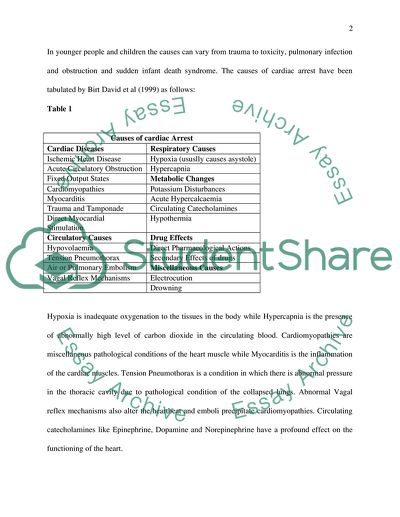Cite this document
(Cardiac Arrest and Its Neurological Effects and Use of Mild Case Study, n.d.)
Cardiac Arrest and Its Neurological Effects and Use of Mild Case Study. Retrieved from https://studentshare.org/health-sciences-medicine/1712001-cardiac-arrest-and-the-neurological-effects-afterwards-the-use-of-mild-hypothermia-to-improve-the-neurological-outcomes
Cardiac Arrest and Its Neurological Effects and Use of Mild Case Study. Retrieved from https://studentshare.org/health-sciences-medicine/1712001-cardiac-arrest-and-the-neurological-effects-afterwards-the-use-of-mild-hypothermia-to-improve-the-neurological-outcomes
(Cardiac Arrest and Its Neurological Effects and Use of Mild Case Study)
Cardiac Arrest and Its Neurological Effects and Use of Mild Case Study. https://studentshare.org/health-sciences-medicine/1712001-cardiac-arrest-and-the-neurological-effects-afterwards-the-use-of-mild-hypothermia-to-improve-the-neurological-outcomes.
Cardiac Arrest and Its Neurological Effects and Use of Mild Case Study. https://studentshare.org/health-sciences-medicine/1712001-cardiac-arrest-and-the-neurological-effects-afterwards-the-use-of-mild-hypothermia-to-improve-the-neurological-outcomes.
“Cardiac Arrest and Its Neurological Effects and Use of Mild Case Study”, n.d. https://studentshare.org/health-sciences-medicine/1712001-cardiac-arrest-and-the-neurological-effects-afterwards-the-use-of-mild-hypothermia-to-improve-the-neurological-outcomes.


